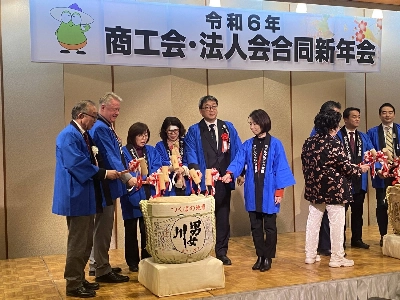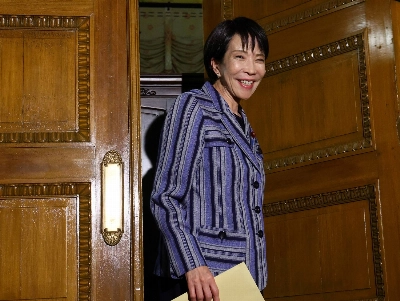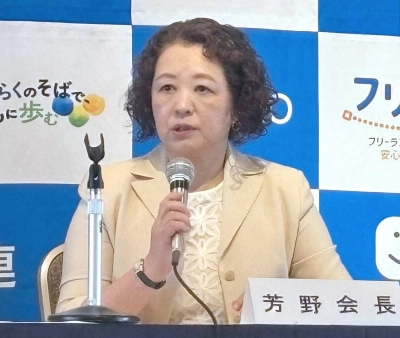A key gauge of the current state of Japan's economy fell below the boom-or-bust line of 50 percent in April for the first time in 12 months, the government said Friday.
The government maintained a positive outlook, however, on the basis of expected strong industrial production.
The 44.4 percent reading for the index of coincident economic indicators followed a revised 50 percent reading in March, the Cabinet Office said in a preliminary report.
A reading above 50 percent is considered a sign of economic expansion. A figure below this line is seen as a sign of contraction.
A Cabinet Office official said, "The coincident index is likely to move above the 50 percent line in May as strong industrial output is likely in May and June."
As a result, the government did not change its assessment that coincident indicators are improving, he said.
The index of leading indicators, predicting economic developments about six months ahead, stood at 66.7 percent, staying above the 50 percent line for the eighth month in a row.
The index of lagging indicators, designed to measure economic performance in the recent past, was also at 66.7 percent. It, too, remained above the 50 percent line for the eighth straight month.
The diffusion indexes compare the levels of various economic data for a reporting month with levels three months earlier.
The Cabinet Office stated that, of the 11 indicators used to calculate the coincident index, nine indicators were available.


















With your current subscription plan you can comment on stories. However, before writing your first comment, please create a display name in the Profile section of your subscriber account page.